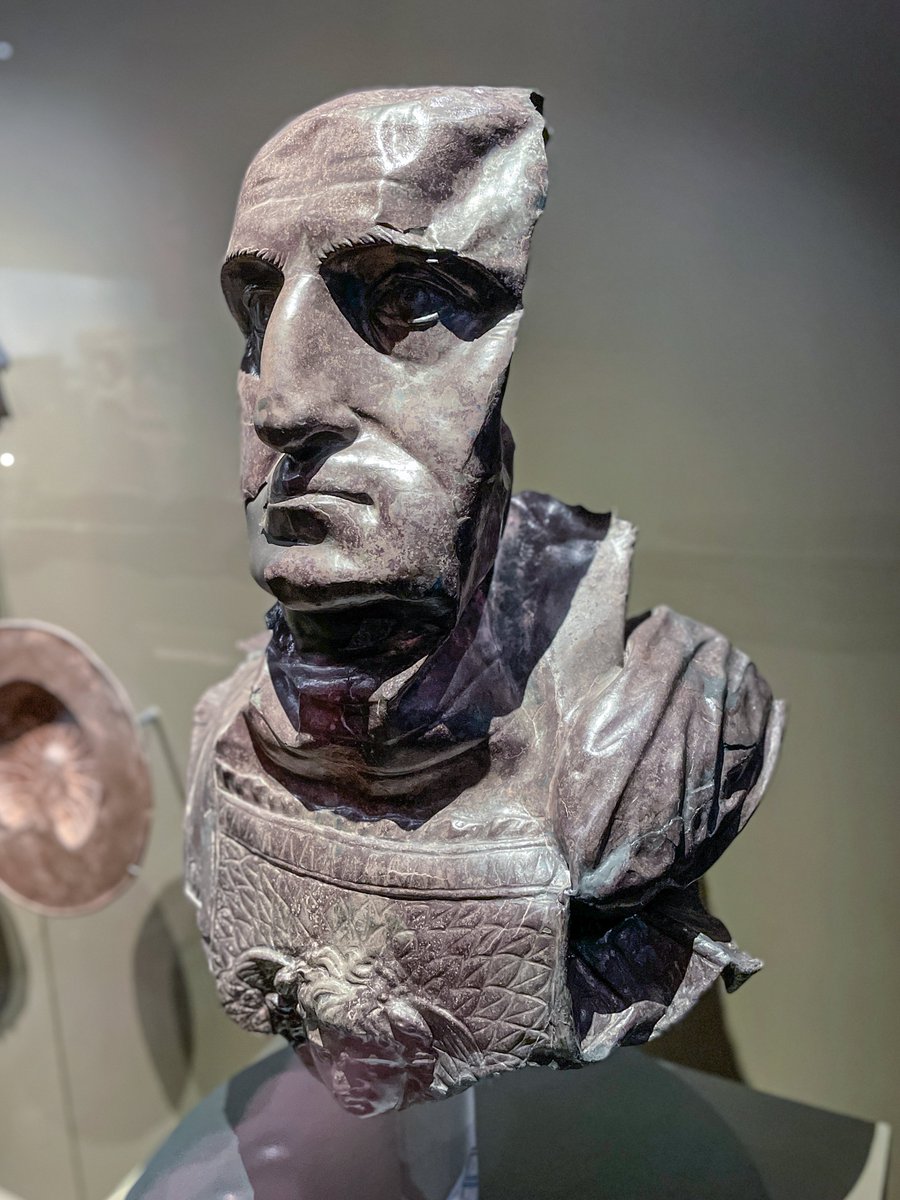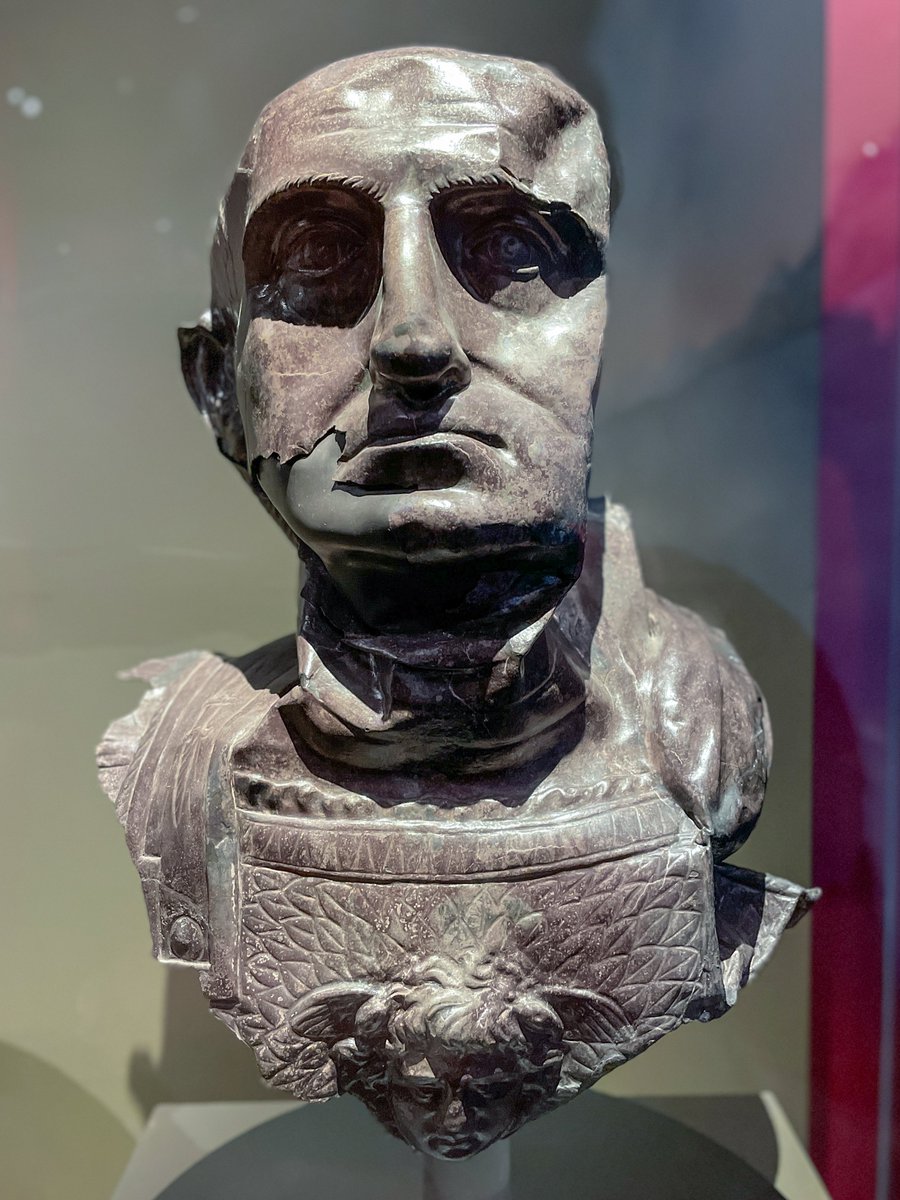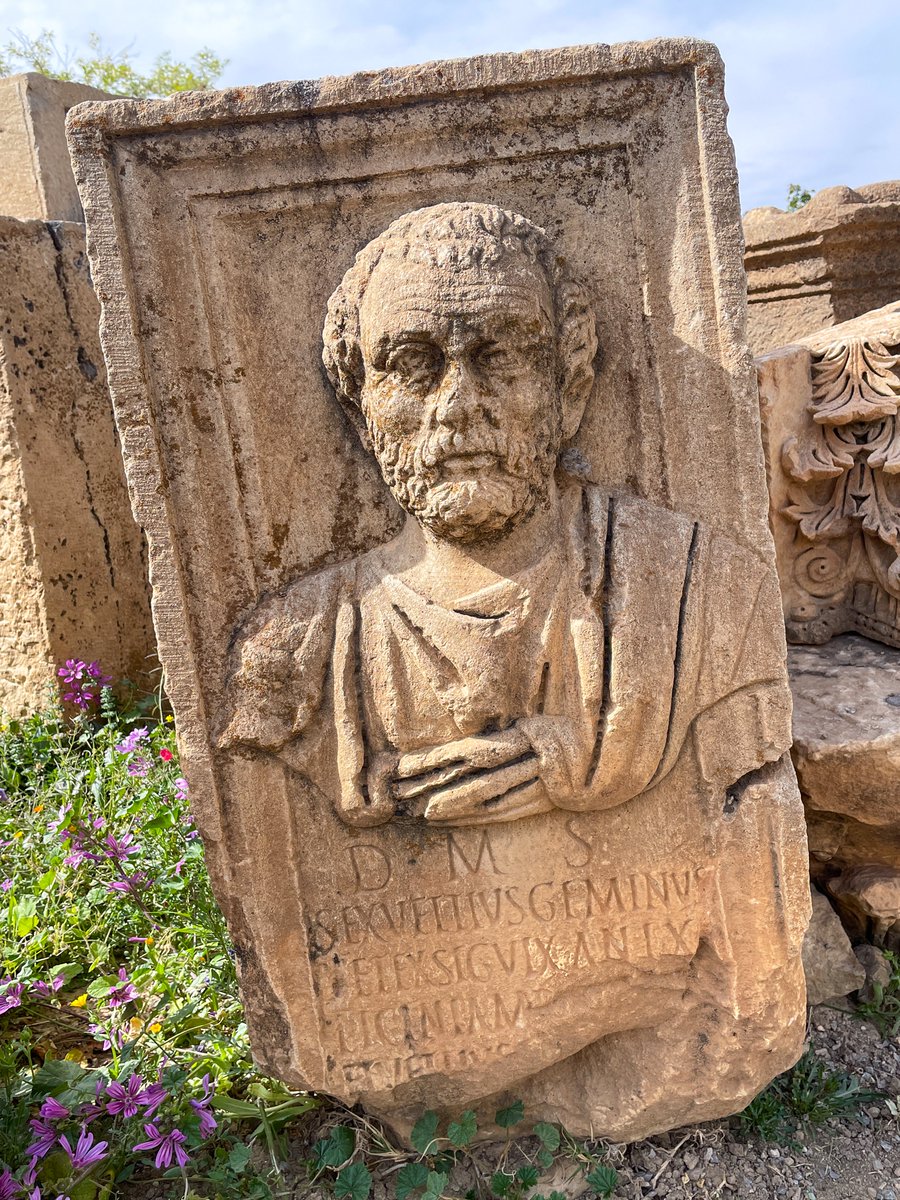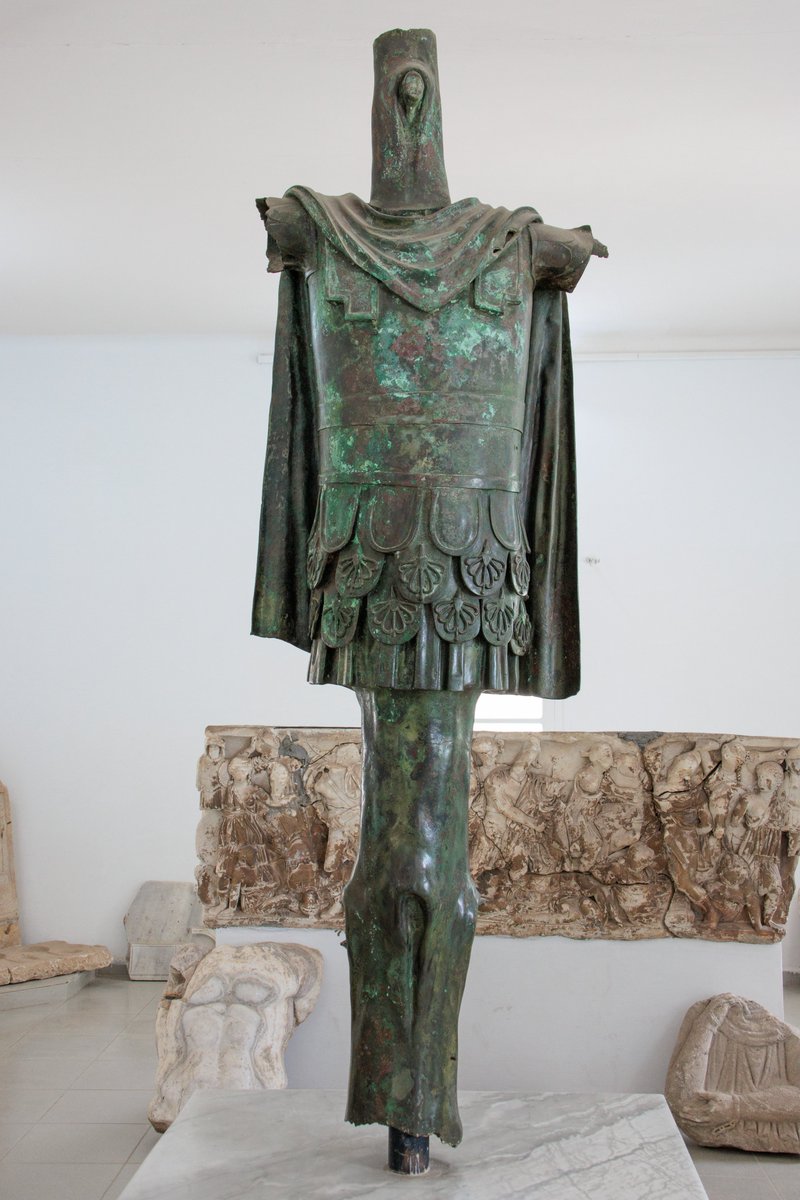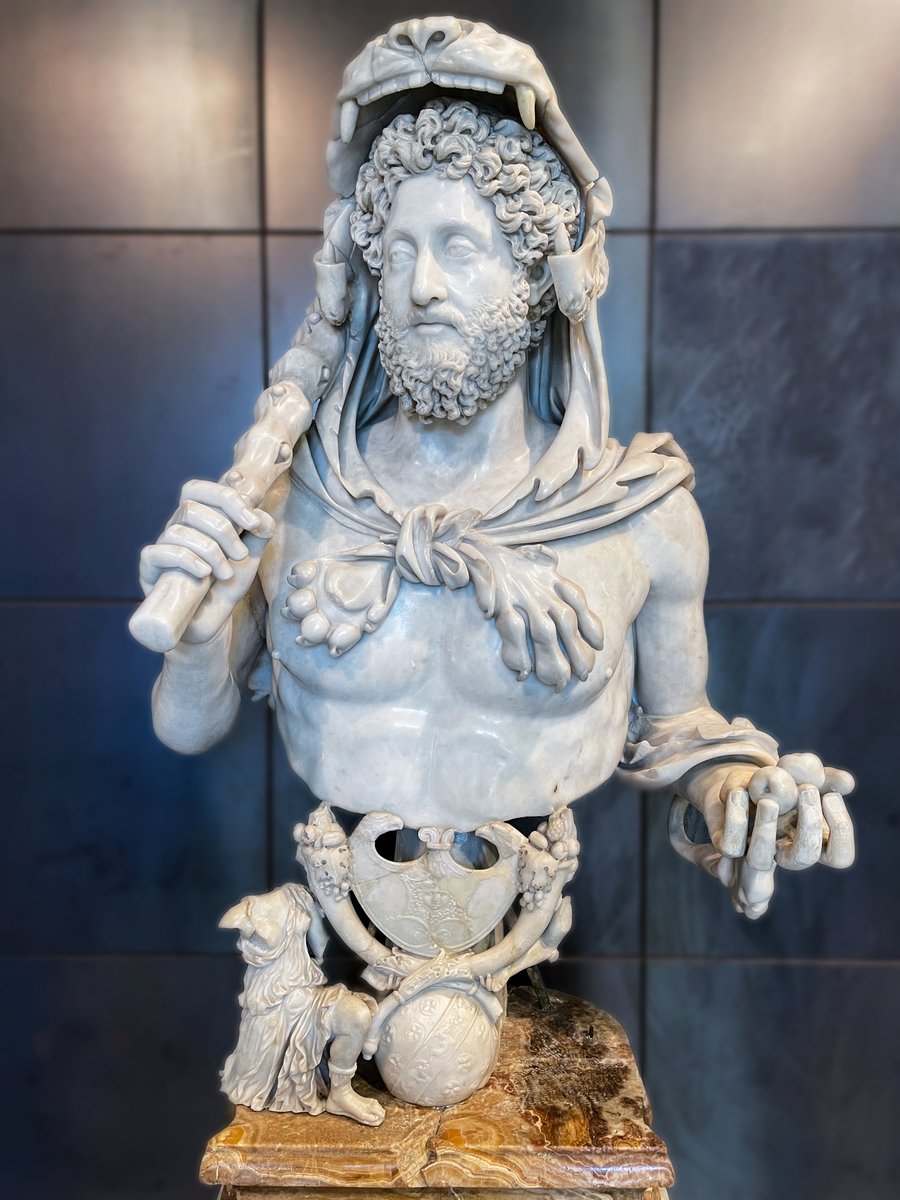1) Romans saw the home (domus) as an extension of their character and felt it important that a house match the station of its owner. The architect Vitruvius described the types of home needed for those of different status: "Men of everyday fortune do not need an entrance court.. 

2) "..they don't need a grand atrium or tablinum because these men fulfil their social obligations by going round to others, not having others come to them. Those who sell their own produce must have shops and stalls at their entrance.. 
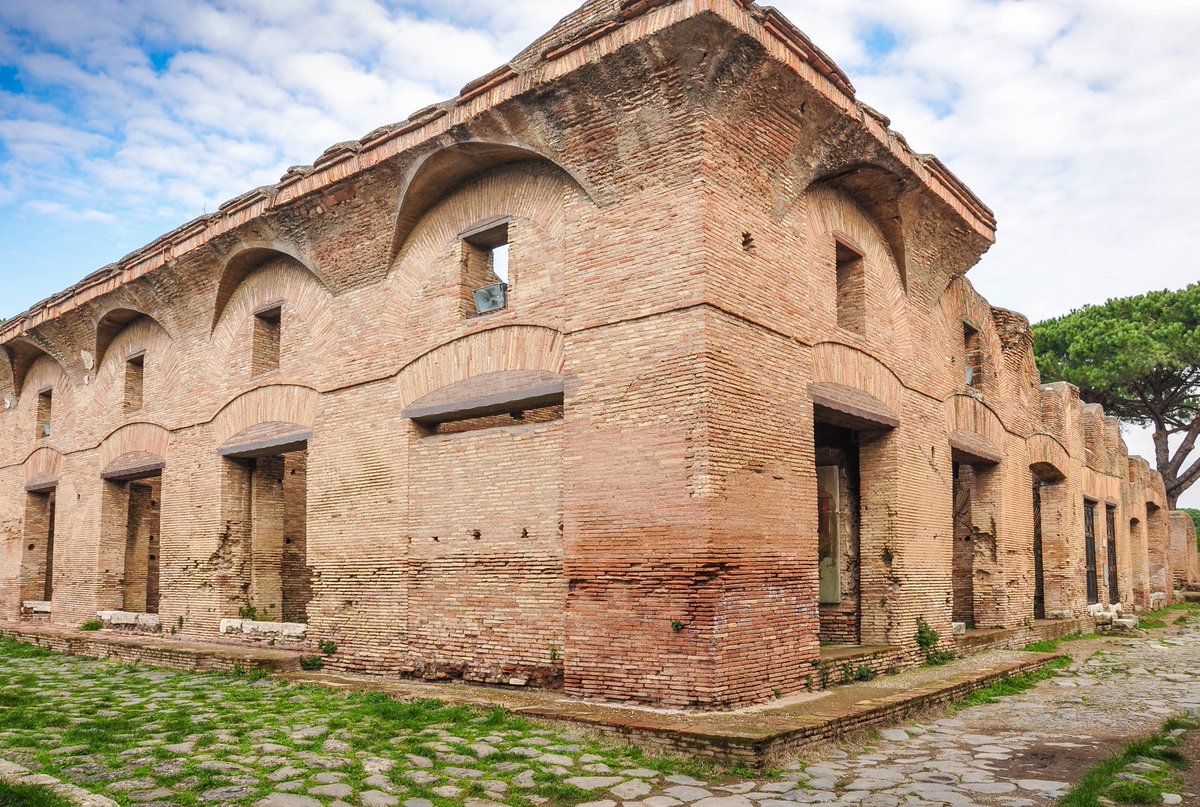
3) "As well as shops they need store-rooms and so forth in their houses, all constructed more for keeping their produce in good condition, rather than for ornamental beauty."
(Roman shop-front reconstructed by @GBlayney)
(Roman shop-front reconstructed by @GBlayney)

4) "For businessmen and landowners, comfortable showy apartments must be constructed, that are secure against robbery.. 

5) "Men of rank that hold offices and magistracies have social obligations to their fellow-citizens and need handsomer, more roomy homes to accommodate meetings. Lofty entrance courts in regal style, spacious atriums and peristyles, extensive gardens and walks... 

6) "..all these are appropriate to their dignity. They also need libraries and galleries, finished in a style similar to great public buildings, since councils, hearings and private law suits are often held in the houses of these men."
Vitruvius, On Architecture, VI.5.2
Vitruvius, On Architecture, VI.5.2

• • •
Missing some Tweet in this thread? You can try to
force a refresh








